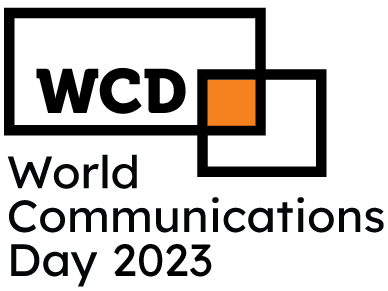Finally, using the drivers and assumptions prepared in the previous step, forecast future values for all the line items within the income statement. For example, for future gross profit, it is better to forecast COGS and revenue and subtract them from each other, rather than to forecast future gross profit directly. While not present in all income statements, EBITDA stands for Earnings before Interest, Tax, Depreciation, and Amortization. It is calculated by subtracting SG&A expenses (excluding amortization and depreciation) from gross profit. The Income Statement is one of a company’s core financial statements that shows their profit and loss over a period of time.
- Figure 6.13 shows the cost to produce the 8,000 units of inventory that became cost of goods sold and the 2,000 units that remain in ending inventory.
- This method makes it easy to track production cost changes with different volumes while maintaining the price of the product in all the batches produced.
- ” As an answer, management may learn there was a price decrease, or the direct materials were acquired from another source, or lower quality materials were obtained.
- For example, if an accounting department is able to cut down on wasted time, employees can focus that saved time more productively on value-added tasks.
Direct materials cost is $3 per unit, direct labor is $15 per unit, and the variable manufacturing overhead is $7 per unit. Under absorption costing, the amount of fixed overhead in each unit is $1.20 ($12,000/10,000 units); variable costing does not include any fixed overhead as part of the cost of the product. Figure 6.11 shows the cost to produce the 10,000 units using absorption and variable costing. The costs that should have occurred for the actual good output are known as standard costs, which are likely integrated with a manufacturer’s budgets, profit plan, master budget, etc. The standard costs involve the product costs, namely, direct materials, direct labor, and manufacturing overhead. The materials quantity variance is recorded when direct materials are requested by production.
What are the preliminaries to consider before using a standard costing system?
Whatever the cause the business should decide what action it needs to take to correct the situation. If the company spends more for the direct materials, direct labor, and/or manufacturing overhead than should have been spent, the company will not meet its projected net income. In other words, analysis of variances will direct management’s attention to the production inefficiencies or higher input costs. In turn, management can take action to correct the problems, seek higher selling prices, etc. Absorption costing considers all fixed overhead as part of a product’s cost and assigns it to the product.
- It is calculated by subtracting the applied fixed overhead based on standard cost for units produced of $3,857 (13,300 sets × $0.29 per unit) from budgeted fixed overhead of $3,625.
- Standard cost is used to measure the efficiency of future production or future operations.
- The income statement may have minor variations between different companies, as expenses and income will be dependent on the type of operations or business conducted.
- Companies will review budgets to determine the expected costs needed to produce goods.
Format historical data input using a specific format in order to be able to differentiate between hard-coded data and calculated data. As a reminder, a common method of formatting such data is to color any hard-coded input in blue while coloring calculated data or linking data in black. After preparing the skeleton of an income statement as such, it can then be integrated into a proper financial model to forecast future performance. There is no gross profit subtotal, as the cost of sales is grouped with all other expenses, which include fulfillment, marketing, technology, content, general and administration (G&A), and other expenses.
Variable Overhead
So even though the fixed costs per unit decreased when 13,300 units were produced rather than the 12,500 budgeted, the same predetermined overhead rate using the higher cost per unit was used to allocate overhead to production. The direct materials price variance is recorded when the direct materials are purchased. Standard costing is an accounting technique that assigns fixed manufacturing costs to specific products or product lines. This method lets companies know the production cost for a certain number of items.
Classification and Codification of Accounts
This means that title to the denim passes from the supplier to DenimWorks when DenimWorks receives the material. Any difference between the standard cost of the material and the actual cost of the material received is recorded as a purchase price variance. Standard costing (and the related variances) is a valuable management what is accounts receivable turnover ratio tool. If a variance arises, it tells management that the actual manufacturing costs are different from the standard costs. Management can then direct its attention to the cause of the differences from the planned amounts. This system helps fix the price of the finished product before the manufacturing process is complete.
Understanding Cost Accounting
The statement is divided into time periods that logically follow the company’s operations. The most common periodic division is monthly (for internal reporting), although certain companies may use a thirteen-period cycle. These periodic statements are aggregated into total values for quarterly and annual results. Classification or grouping of accounts is essential for standard costing. Standard costing techniques have been applied successfully in all industries that produce standardized products or follow process costing methods. Standard cost offers a criterion against which actual costs incurred by the business can be measured and analyzed.
Under variable costing, the fixed overhead is not considered a product cost and would not be assigned to ending inventory. The fixed overhead would have been expensed on the income statement as a period cost. For example, some service sector companies apply direct costs using budgeted prices multiplied by actual quantities of inputs.
Double Entry Bookkeeping is here to provide you with free online information to help you learn and understand bookkeeping and introductory accounting.
